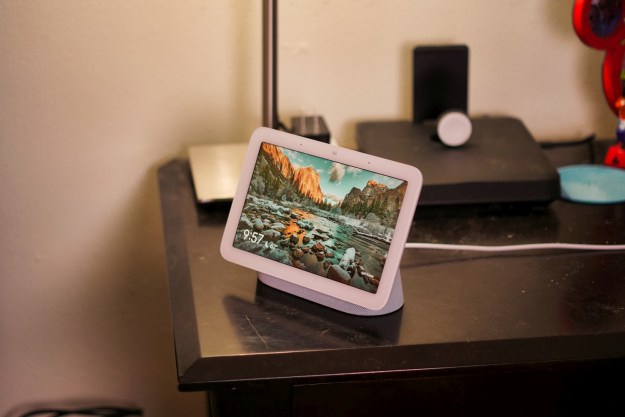A series of announcements at the Google I/O 2019 conference will utterly change how the company approaches smart device platforms. This is especially important for the “Works with Nest” program — which is being shut down.
Does that mean that your non-Google smart devices will lose compatibility with Nest devices? Yes, it does. But the issue is also more complicated than that. Let’s talk about this big Google change, why the company is taking such a risk with consumers, and what it means for your own smart home.
Nest is undergoing a big change

Google purchased Nest in early January of 2014 (for a cool $3.2 billion), but the company is only now pushing Nest as its primary smart home platform. We’re not sure what will happen with all Google Home devices, but the “
We’ve already seen this in action: Google announced a new smart display along with the news, similar to the Google Home Hub, but this one is called the Nest Hub Max. When referring to the
“Works with Nest” is officially dead on August 31, 2019

Works with Nest was a program that connected Nest devices with other smart home platforms so that they could all work together. For example, if you had a Nest thermostat, you could connect it to an Echo device from Amazon, and use Alexa voice commands to control your thermostat. Google had hundreds of these compatibility connections with various platforms, allowing Nest products to work in homes with complex smart device environments.
That will all come to an end when Works with Nest fully shuts down by August 31. Some smart companies may sever their Nest compatibility before then just to save time. This is likely to lead to a lot of customer disappointment, and it will be interesting to see how Google deals with that.
A lot of device connections won’t work anymore

Come August, those with Nest devices may find that they can’t be controlled anymore, and that creating connections or smart “scenes” aren’t possible. In fact, if you aren’t specifically using the Nest app to control your device, it’s not going to work (at least not like it once did). You can take a look at all the current devices in the program and bid them farewell, while checking to see if you’re affected. Some of the more popular platforms (there are around 3,500 brands in the program) that will no longer work with Nest products include:
- The customizable IFTTT platform
- Amazon’s Alexa, and any devices enabled with Alexa
- The convergence platform Control4
- Simplisafe security
- Logitech Harmony devices
- Philips Hue Devices
- Lutron devices
- Samsung SmartThings and any other platform with open source Nest configurations
The replacement program is called Works with Google Assistant

Now that most of the bad news is out of the way, let’s look at what Google’s doing about it. Works with Nest will be replaced by a program called Works with Google Assistant (which has existed previously, but now takes on a much larger role). As the name indicates, this program will admit devices that will be able to work with

Don’t expect all your old platforms to make the jump to Works with
Google is doing this in the name of privacy

So why all the changes? It comes down to brand recognition and data privacy. Google may be a household name when it comes to internet searches, but it’s not the sort of recognition you want with a smart device — where the name can imply that the device may be watching and collecting data on you, as some
Ending the Nest program also helps Google emphasize a focus on privacy. Works with Nest required a whole lot of data to pass to other platforms, essentially out of Google’s control. With current concerns about spying smart devices and past failings in this area, Google decided that was no longer worth the risk. With the new framework, data will be much more tightly controlled by Google and essentially stay under Google’s protection while you use your smart device.
The cost of that change is very high, and limits the usefulness of Nest products. But fans of
Editors' Recommendations
- The most common Google Home problems and how to fix them
- How to use the Google Home app on a computer
- The 6 best smart displays for Alexa and Google Home in 2024
- Google Home adds new camera features and support for Nest Cam Outdoor
- What is a smart lock and how does it work?




